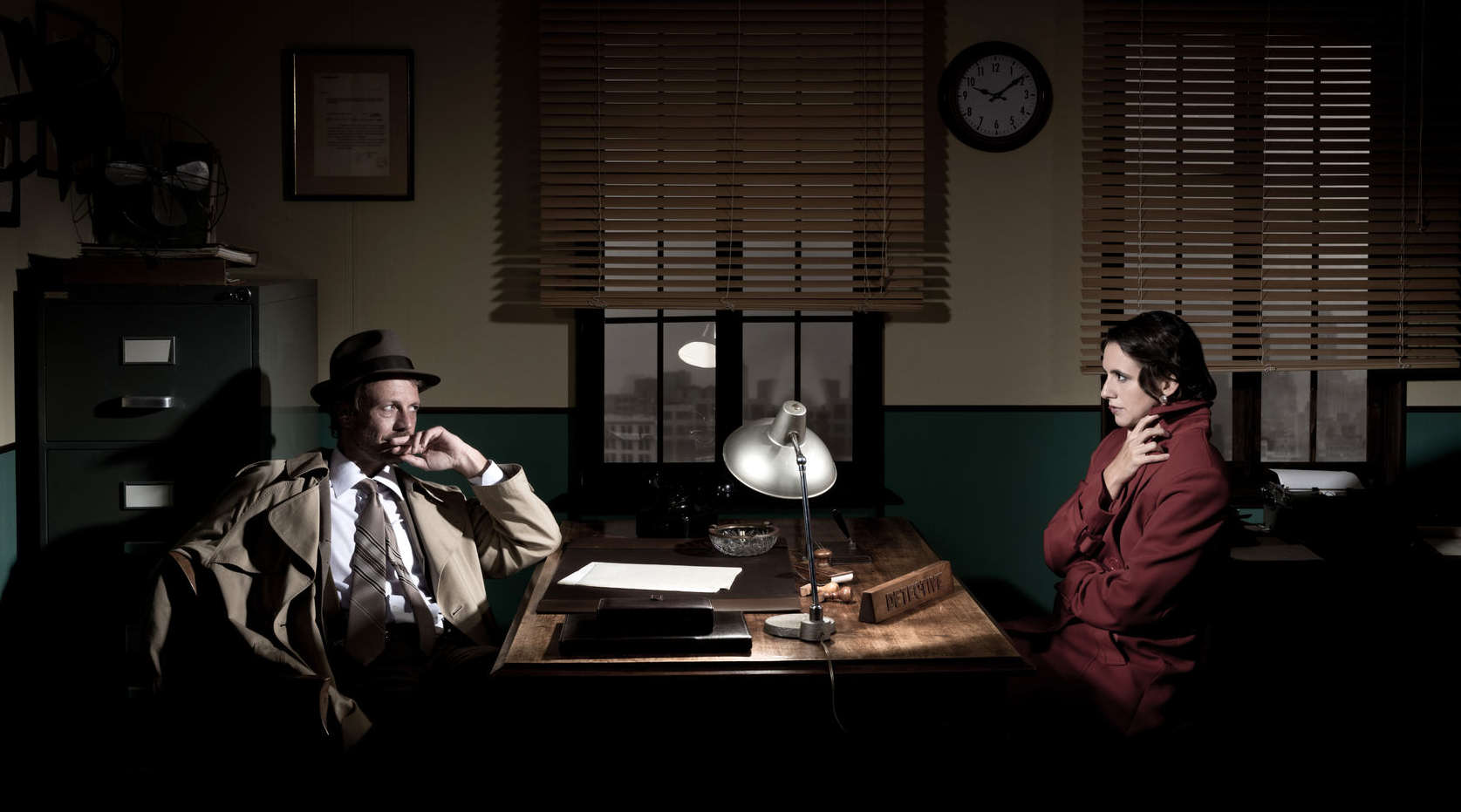

So many wild speculations have lately appeared regarding the so-called Monocle Murder, that I am resolved to set out the facts of the matter.
My friend Sherlock Holmes scoffs at my desire to add one more voice to the chorus. In his view, we do the public no favour by feeding that vulgar appetite which seeks excitement where it ought to seek edification. Yet now that the wheels of justice have turned, I believe that the truth should be revealed of this singular case, which found Holmes at the center not only of the solution, but of the problem.
Let me begin on the February afternoon when auditions were held for Scandal at the Savoy: An Immersive Theatre Experience. For then it was, on the sidewalk outside a former San Francisco warehouse, that a sardonic baritone voice inquired: “Are you Watson?”
My presence in this queue had nothing to do with Sherlock Holmes. I needed to earn my living; it was that simple. By day I was completing my medical studies; by night I must find a way to pay for them. What man so precariously placed could resist the lure of a new theatrical production seeking to hire thirty-five actors?
I turned, and faced a tall, thin man, hawk-nosed and eagle-eyed, clad in a Burberry trench coat. “Yes,” I said. “Watson is my surname and the role which I hope to play. Are you Holmes?”
He uttered a short bark of a laugh. “Exactly so.”
We shook hands, and were searching for the least unlucky way to wish each other luck, when we were called into the Green Room.
I should explain, for those unfamiliar with it, that Scandal at the Savoy is no ordinary play. Its setting is the fashionable Savoy Hotel and Theatre in fin-de-siècle London. Its audience―attired in frock-coats or elegant gowns―may amuse themselves by watching a scene from The Mikado, or sipping champagne with James MacNeil Whistler and Oscar Wilde, or gambling in a back-room casino with Sarah Bernhardt and Edward, Prince of Wales. The story (like the actors) dashes up and down stairways and corridors, in and out of plot-lines, until a shocking twist turns one of us into a murderer and the rest into sleuths.
The creators of this remarkable entertainment are the virtual-reality pioneers William and Nellie Farrier. They met in a Stanford Savoyards production of HMS Pinafore, and became fascinated less by the authors than their producer, Richard D’Oyly Carte. Having lit up London’s West End with Gilbert and Sullivan’s operettas, Carte literally electrified it by building the first theatre to replace gaslight with electricity. His grand hotel next door, boasting a superb restaurant and bar, hot and cold running water, and bathrooms “en suite,” became a rendezvous of choice for international society. Inspired, the Farriers married, launched a start-up, and sold it for a fortune which they ploughed into a new project: offering the Savoy’s nineteenth-century delights to twenty-first century Americans.
Most of these particulars I gleaned from my fellow auditioners as we picked our way through a labyrinth of construction. Evidently the theatre’s Green Room was the only finished space. We were greeted by a round-faced woman in a plain grey gown with a rose-coloured collar and sash, who handed us pages from the script.
“Welcome to the Savoy. I am Nellie Farrier, your director.”
Mrs Farrier wore her brown hair pinned up in the Victorian style. Her rosy cheeks and warm smile suggested a youthful grandma more than a tech mogul.
“Before we begin, you must accept one absolute rule: Stay in character. From our arrival at this building until our departure, we never step out of the roles which we play. We address each other only by our characters’ names.”
A white-bearded actor interjected: “There are too many of us to do otherwise without courting a degree of confusion worthy of a Russian novel.”
“Quite so, Mr Shaw. Thus: we speak at all times as our characters would speak. We dress as they would dress; we move as they would move. You understand?”
We all nodded. I glanced surreptitiously at my script, as others were doing, and was pleased to see Dr John Watson at the top. There followed no lines, however, only descriptions of Watson’s scenes.
(Visit Amazon for a print version)
Digital Subscription
Future issues are emailed on the 1st of each month.



